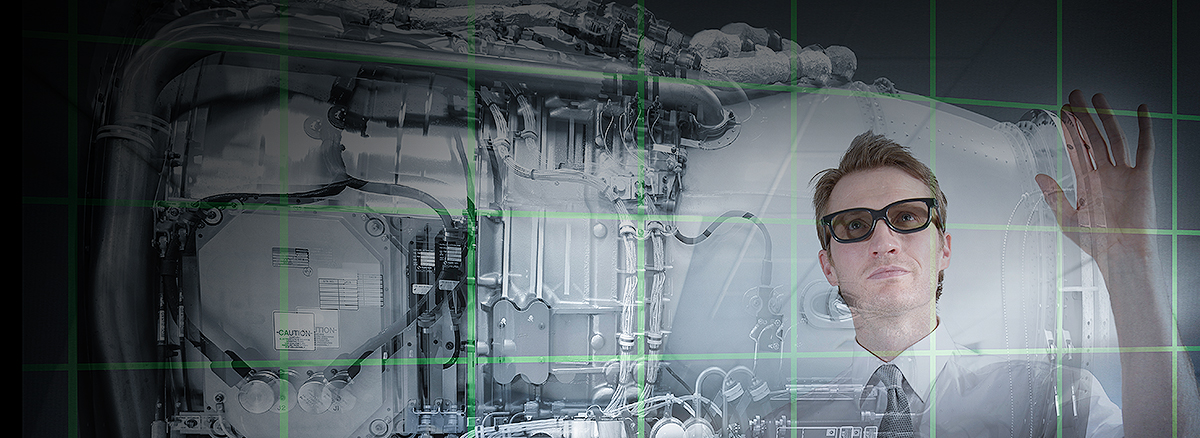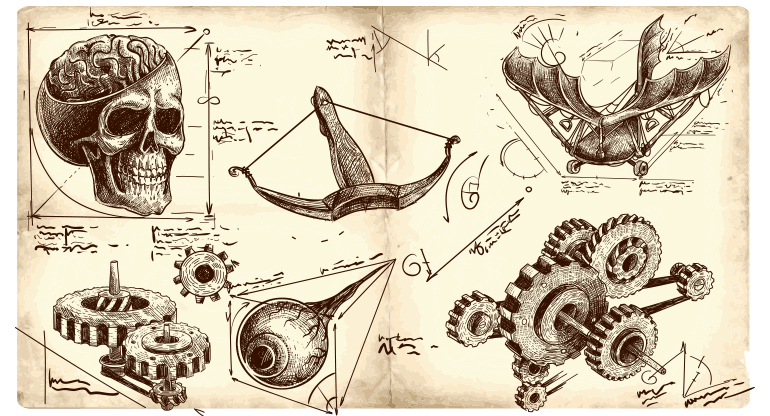More than 500 years ago, as Leonardo da Vinci experimented with his flying machines, he inked drawings and mocked up physical models before getting down to create his marvels of design. His methods set the baseline for modern engineering. Jumping forward in time, the advent of computer-aided drafting (CAD) systems in the 20th century automated the drawing process for engineers, and CAD evolved into computer-aided design by adding 3-D modeling and manufacturing planning to software capabilities. Jumping forward again, now we have digital twins: realistic and dynamic computer-based instantiations of actual devices and systems.
Digital twins serve as highly accurate replicas of physical objects allowing engineers and scientists to test out the feasibility and capability of their ideas before making critical real-life decisions. With digital twins, we’ve moved from trial-and-error-based engineering to systematic, science-based engineering and optimization. Made possible by high performance computing (HPC) advances, we now can use digital twins to virtually explore trade spaces, component performance and interaction, manufacturing processes, and operation over a device's or system's life cycle in support of performance-based maintenance.
Establishing the new engineering paradigm
Engineering methods of the past and limited computational capabilities had their flaws. Built objects were distinct from their designs, often exhibiting differences from original ideas and concepts and in performance due to simplifications and manufacturing variances. Full-fidelity digital twin models coupled with today's advanced computational models, in contrast, accurately predict the performance of the actual physical objects and systems before they are built. This vastly reduces unexpected events in real-life testing and development and enables exploration of a much greater design space.
The remarkable developments in computational and computer sciences have brought simulation theory and technology to a new era where digital models can visually represent, in a lifelike manner, the key physics driving system performance. Digital twins allow for better engineering designs, as they can consistently, reliably, and easily adapt to changing factors.
The implications don’t end with engineering. As you might recall from school, scientific theory attempts to explain an aspect of our world based on observation. We test and confirm scientific theories to the best of our knowledge and abilities. Scientific theory is built on two pillars: hypothesis and physical experimentation. But computational science offers a third pillar by enabling scientists and engineers to virtually build and test models of complex phenomena.
With great power comes great responsibility
That means we must know what we’re doing and how to use digital twins, amid the tantalizing possibilities they offer. SAIC is working tirelessly to marry scientific domain expertise with computational expertise and HPC savvy so that engineers and customers know why a digital twin is doing X instead of Y before deploying a capability into the real world.
Trust in digital models becomes even more important today, as HPC and simulation-based engineering become more mainstream at companies like ours. All stakeholders in the chain want higher fidelity design and decision-support tools powered by digital engineering. In addition, the growing complexity of systems is requiring systems-based design and engineering, as well as physics-based trade-space studies, in capability development.
Digital twins and advanced computational capabilities are coming into play just at the right time with the introduction of a host of technological breakthroughs, such as hypersonic vehicles and commercial space travel. Our teams are on the front lines of these game-changing events, partnering with our government customers to make the most of digital twins.
To learn more, visit our HPC and digital engineering sites.

